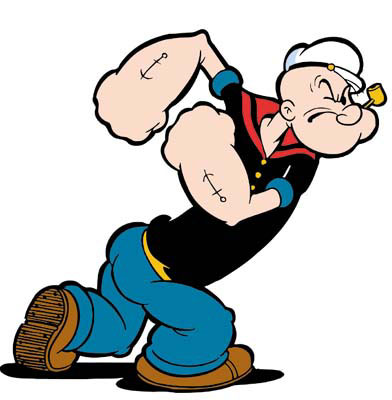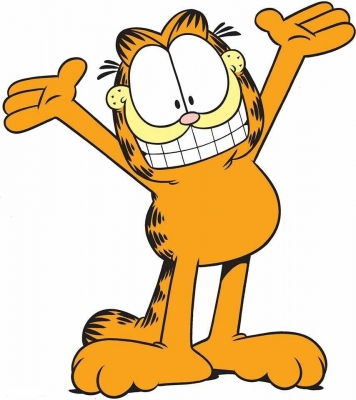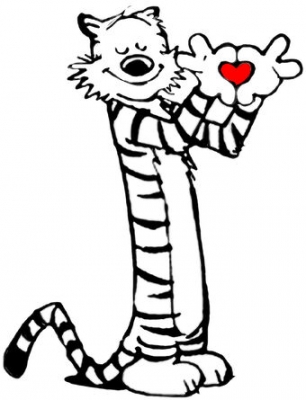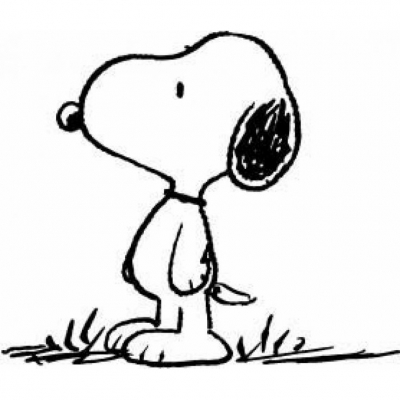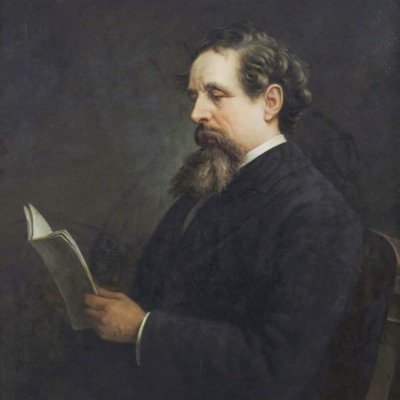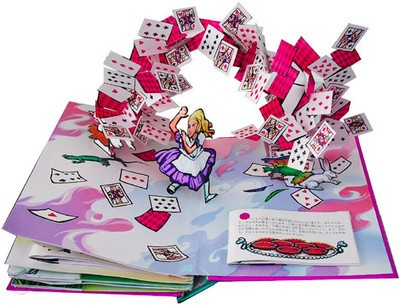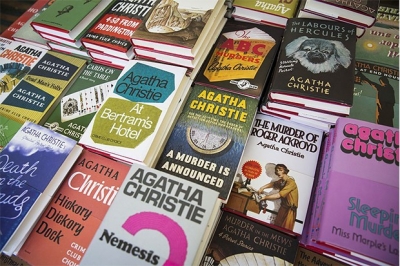What is the original name of creator and illustrator of the comic strip “Dennis the Menace”?
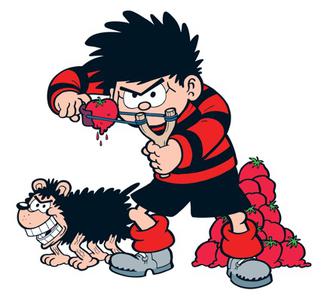
Dennis the Menace is a daily syndicated newspaper comic strip originally created, written, and illustrated by Hank Ketcham. It debuted on March 12, 1951, in 16 newspapers and was originally distributed by Post-Hall Syndicate.
Dennis Mitchell, nicknamed Dennis the Menace, has messy blond hair with a characteristic cowlick in the back. He was initially depicted as a defiant child who deliberately sought out mischief, but over the years his personality softened considerably. He does not mean any real harm, yet he cannot help creating a racket or a mess at home, making a scene in public, and driving his parents, Alice and Henry Mitchell, to distraction.
The most frequent target of Dennis’s mischief is George Wilson, an older neighbour whom Dennis seldom allows a moment of peace, having adopted him as a surrogate grandfather. Wilson’s wife, Martha, obligingly behaves like an indulgent grandmother. Among the minor characters in the strip are Dennis’s shaggy dog, Ruff, and his toddler sidekick, Joey McDonald. Dennis’s nemesis is the slightly older and gratingly superior Margaret Wade, and he harbours a secret crush on the tomboyish Gina Gillotti.
The inspiration for the comic strip came from Dennis Ketcham, the real-life son of Hank Ketcham, who was only four years old when he refused to take a nap and somehow messed up his whole room. Hank tried many possible names for the character, and translated them into rough pencil sketches, but when his studio door flew open and his then-wife Alice, in utter exasperation, exclaimed, "Your son is a menace!", the "Dennis the Menace" name stuck. The character of Henry Mitchell bore a striking resemblance to Ketcham. The Mitchell family of Dennis, Hank/Henry, and Alice were all named after the Ketchams.
Ketcham received the Reuben Award for the strip in 1953. He also was made honorary mayor of Wichita. He was quoted as saying, "I set the whole thing in Wichita, Kansas, and as a result I got made an honorary mayor of Wichita."
Picture Credit : Google
